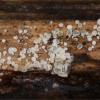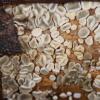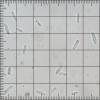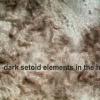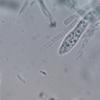
12-11-2025 09:25
 Viktorie Halasu
Viktorie Halasu
Hello, I need help with a pale terrestric Pseudom

11-11-2025 20:16
Bohan JiaHi, lastly I have found these tiny yellow decayin

09-11-2025 13:20
Hello.A tiny ascomycete, appearing as erupting gra

08-11-2025 00:29
 Francois Guay
Francois Guay
I found this species in Quebec, Canada, on herbace
Mollisioid fungi on a culm of Apiales
Koszka Attila,
26-12-2021 18:39
Hans-Otto Baral,
26-12-2021 19:14

Re : Mollisioid fungi on a culm of Apiales
I wonder why your free spores are eguttulate and those in the asci guttulate.
In dead state and without excipulum difficult to say. I guess it is a Calycina, because the setoid elements are the Chalara anamorph.
Koszka Attila,
26-12-2021 19:46
Hans-Otto Baral,
26-12-2021 21:27

Re : Mollisioid fungi on a culm of Apiales
Only the spores in the ascus are alive, and the free spore which I consider alien.
The red IKI reaction would be typical of Calycina subparilis. Depends on the spore size.
Substate is Rubus (pentagonal)?
Koszka Attila,
27-12-2021 08:14
Re : Mollisioid fungi on a culm of Apiales
The test material was taken with an insect pin, under the stereomicroscope, directly from the fruiting bodies. Maybe there are free conidiospores with no guttules? If there are anamorph presented, I guess the material is maybe too young... I will re-collect it in a few days.
The substrate is no Rubus, but a plant of Apiales, or maybe a Filipendula, it will come to light next year.
The substrate is no Rubus, but a plant of Apiales, or maybe a Filipendula, it will come to light next year.
Hans-Otto Baral,
27-12-2021 08:31

Re : Mollisioid fungi on a culm of Apiales
The angular shape of the stem excludes an Apiales. Filipendula is very characteristic, this may be possible.
It doesn't look so immature, but if you studied it in dry condition then it may be that many spores got shot away during drying.
The conidia of the Chalara phialidia are much shorter and with an eccentric guttule, so these long and narrow free spores should belong to another fungus.

